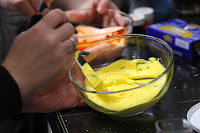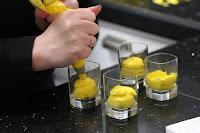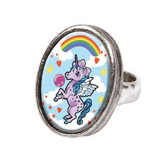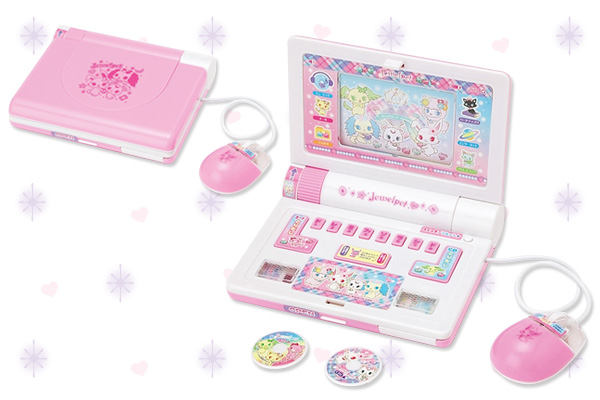
Beijing is as much a foodie paradise as Tokyo or Hong Kong, especially if you appreciate traditional, slow food that has withstood the test of time. Seven centuries as China's capital has bestowed on Beijing more culinary traditions than arguably anywhere else in East Asia, as reflected in its citizens' respect of Laozihao, or Time-honored Brands.
Practically dozens of restaurants and food producers still carry on traditions from the era of the Emperors, with one dating from as early as Year 1530. On our Beijing Food Trip we tweaked our itinerary to fit in several of these highly-esteemed Beijing institutions, all of which were conveniently located for sightseeing and all were quite reasonably priced.
Food Review: DUYICHU, Main Branch (Qianmen, Beijing)
Address: 38 Qianmen Dajie, Chongwen District, Beijing
Hours: 08:00-21:00
Website/Map: From Dianping.comDirections: Duyichu is right at the epicentre of Beijing's original tourist district, where the pedestrian street of Dashilan meets the wide boulevard of Qianmen Dajie. It's about a 500m walk directly south of Qianmen subway station.

One of the most popular among Beijing's pantheon of venerated old restaurants, Duyichu originated in the 3rd Year of Emperor Qianlong, or Year 1738 in the Western World. To put things in perspective, the United States was still a British colony, the Dutch were a world power, and Napoleon wasn't even born yet. That year a little eatery popped up outside the south gate of the Imperial Quarters, and through centuries of evolution became specialized in the cheap, unpretentious steamed dumplings known as Shaomai.
270 years passed and Shaomai's bastardized offsprings have been happily adopted by various East Asian cultures as their own -- now you can have Shuumai in a Tokyo izakaya, Siumai in a Hong Kong teahouse or even Siomay at a street-side stall in Jakarta -- which all taste quite different. But Beijing was where it was first perfected into an art form, and for a taste of the original we had to visit Duyichu.

This is granddaddy of them all -- plump, mouth-watering Shaomai in fine Beijing tradition. Being more familiar with Hong Kong's version I always considered the definition of Shaomai/Siumai/Shuumai to be 1) an open-top dumpling and 2) enfolded in a lye-water flour wrapping. Neither was true of Duyichu's original recipe, which consisted of a white flour wrapping and a pomegranate-shaped dumpling with a twisted, semi-closed top. But most importantly, unlike the small Cantonese steamer that typically holds four Siumai, one steamer here in Beijing comes with ten Shaomai!
The varieties in our steamer of Assorted Shaomai (RMB 40 for 10 dumplings) included Pork and Leeks, Beef and Cilantro, Lamb, Vegetarian and, last but not least, the old and original recipe of Sanxian (pork, shrimp and sea cucumber). Call me old-fashioned but the Sanxian was far superior according to my tastebuds. Next time I won't even bother with the other flavors.
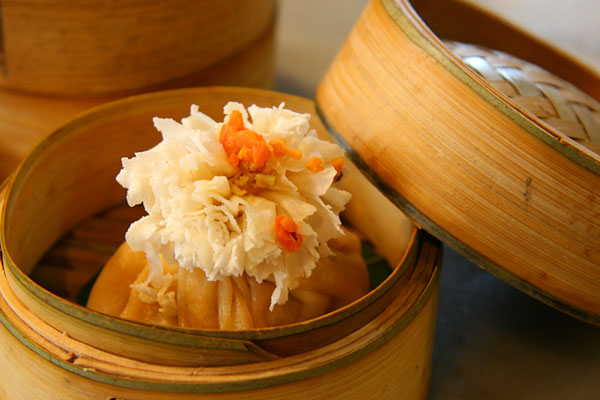
But the climax of the meal was the king of Shaomai, an exquisite Crab Roe (Xiehuang) dumpling that had to be ordered separately at RMB 16 a pop and came in its own little steamer. That's the price of a full lunch for a blue collar worker, packed into one bite-sized morsel. As Crab Meat and Roe is traditionally a Shanghainese speciality, I felt that this was starting to deviate from Beijing cuisine now.

And it did taste remarkably similar to the Xiefen Xiaolongbao (Soup Bun with Crab Roe) of Shanghai, with the robust flavor of golden crab roe mixed with the sweetness of fresh crab meat... and of course less soup and more meat than the Shanghainese version. Though I would hesitate to call it a traditional Beijing dish, this was an excellent Shaomai and certainly among best I've ever had. Not cheap, but money well spent.

A much more traditional Beijing dish was the Qianlong Baicai, a plate of fresh, crispy Chinese cabbages blended with a thick sesame vinaigrette. There's a local legend about Emperor Qianlong granting the name Duyichu to this once-nameless eatery, and it's not inconceivable that this dish originated during Qianlong's time, two-and-a-half centuries ago. The time-tested recipe had just the right amount of acidity for balancing the thickness of the sesame paste, and was the perfect palate cleanser after a meal of meat-and-cholesterol-filled dumplings.
Bill for Two Persons| Assorted Shaomai | RMB 40 |
| Crab Roe Shaomai x 2 | RMB 32 |
| Qianlong Baicai | RMB 18 |
| Pepsi | RMB 6 |
| TOTAL | RMB 96 (CAD$14.5) |
Food Review: SHAGUOJU, Main Branch (Qianmen, Beijing)
Address: 60 Xisi Nandajie, Xicheng District, Beijing
Hours: 11:00-22:00
Website/Map: From Dianping.comDirections: Shaguoju is halfway between the stations of Xisi and Lingjinghutong on Subway Line 4. From Xisi station walk south along the main road of Xisi Nandajie. It's about 500m away on the left hand side.

This place has become one of my favourite restaurants in Beijing, on the basis of two dishes.
Only a few years younger than Duyichu above, Shaguoju is yet another 270-year-old Beijing culinary institution that started during the reign of Emperor Qianlong. The main claim to fame here is ... what else ... the Shaguo, or claypot dishes. In fact Shaguoju used to have a different name, but nobody seemed to care and eventually it became known as the “Place for Claypot Dishes.”
My own strategy when visiting these legendary old restaurants is to skip the other 20 pages of the menu, and pick only from the first section where they introduce the best dishes that made it famous in the first place. At Shaguoju we picked three from that section of the menu -- Ganshao Huangyu (Dry-Braised Yellow Fish), Jiemo Dun (Cabbages in Mustard Sauce), and of course the claypot dish of Suancai Bairou (Sliced Pork with Pickled Cabbages).

This ordinary-looking dish is what earned Shaguoju 270 years of fame, and it turned out much, much better than I imagined. You see, the Shanghainese, Cantonese and Sichuanese all have their own claypot specialties which typically make use of the hot clay surface to lightly sear the meat and herbs to add an extra layer of flavor. The Japanese concept of Dobanyaki works the same way. But inside this Pekinese claypot is a clear broth with pickled cabbages and potato starch noodles lining the bottom, and with meat placed on top. Compared with the rest of China, that's just backwards.
But one sip of the broth and I became a convert -- this historic recipe has brought these unassuming ingredients as close to perfection as can be. Sweet umami flavors from hours of bone-simmering has taken on the slight acidity of the pickled cabbages, which then perfectly balances the mild oiliness from the paper-thin slices of pork. Even the potato noodles became a highlight as they soaked up all the goodness of the broth like sponges. The pork itself was so flavorful that we barely touched the dipping sauce of fermented tofu and shrimp paste. And the best part was ... this wasn't even the best dish.

The best dish was this Ganshao Huangyu, which started with a fresh, swimming yellow croaker fish brought to our table for approval before being fried and finally braised in a sweet, sour and mildly hot sauce. The skin was crispy and spicy, the flesh was soft and sweet, and even the fins and tails were finger-licking good. Reasonably priced at RMB 88 per Jin (ie. 500g) this whole fish cost only RMB 114 (CAD$17.3), certainly less expensive than it looked as the centrepiece of a dinner at such a highly renowned place.
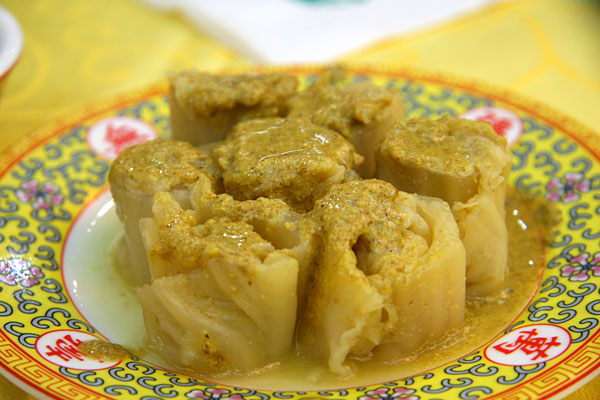
Finally the Jiemo Dun (Cabbages in Mustard Sauce) worked great as a traditional palate cleanser, especially after the bold and spicy yellow croaker fish. Once a peasant favourite during Beijing's cold and vegetable-deprived winters, the cabbage is lightly fermented with a ground mustard paste to be preserved for weeks. Though they may look menacingly yellow with the mustard, the cabbages were actually quite sweet and didn't really possess too powerful of a kick.
Frankly Shaguoju was better than I expected -- the trademark Sliced Pork with Pickled Cabbages did live up to 270 years of hype, and the Dry-Braised Yellow Fish was just spectacular. This is probably one of four restaurants in Beijing I won't hesitate to revisit on the next trip, along with
Dadong,
Najia Xiaoguan and
Hongyuan Shuanroucheng.
Bill for Two Persons| Sliced Pork with Pickled Cabbages | RMB 32 |
| Dry-Braised Yellow Croaker Fish (650g) | RMB 114.4 |
| Cabbages in Mustard Sauce | RMB 12 |
| Yanjing Beer | RMB 10 |
| TOTAL | RMB 168.40 (CAD$25.5) |
Food Review: TIANFUHAO (Various Branches, Beijing)
Address: Numerous stores, including one across from Quanjude on Qianmen Dajie
Hours: Generally open from late morning till early evening
Website/Map: Official Site
This is not a restaurant per se, but Beijing's most respected and trusted shop for take-out food over the past two-and-a-half centuries. Ask the locals about what they're having at their Chinese New Years Eve family dinner, and many will tell you the Sauced Pork Elbow of Tianfuhao. It's that good.

And it can make a totally authentic and quick dinner in your hotel room. Just drop the inner plastic package into an electric water kettle (or a boiling pot), heat for a few minutes then pour the content into a bowl. That's what I did at the picture above and it turned out restaurant-quality.
We even brought one of their ready-to-eat packages of chicken wings on our Great Wall hike (a strenuous 2.5 hours from Jinshanling to Simatai). Consider this option if you're taking a day-trip to the Great Wall or Chuandixia and want an authentic Beijing meal in the middle of nowhere. Your hiking partners will be envious.
Bill for Two Persons| Sauced Pork Elbow | RMB 28 |
| Spicy Chicken Wings | RMB 20 |
| TOTAL | RMB 48 (CAD$7.3) |
Food Review: DAOXIANGCUN (Various Branches, Beijing)
Address: Numerous stores, including one on Dashilan pedestrian street
Hours: Generally open from late morning till early evening
Website/Map: Official Site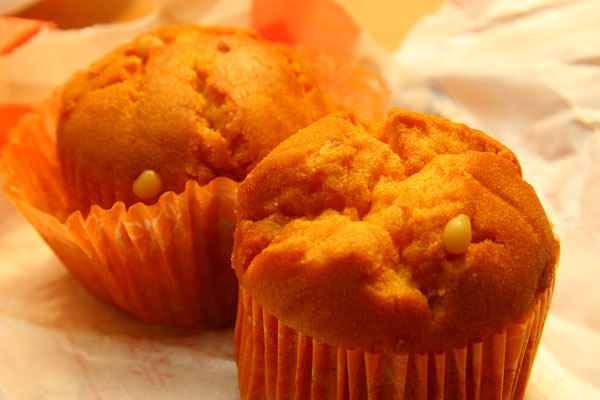
Again this is not a restaurant, but an old and historic bakery for traditional pastries. Even since this southern-style pastry shop opened its doors in 19th Century Beijing, the locals here have since embraced it and made the Beijing franchise the most successful of several Daoxiangcun franchises across China. The allure is simple -- delectable sweets, affordable prices, and the convenience of over a hundred outlets dotting every Beijing neighbourhood. In other words, there must be one near your hotel as well.

A local Beijingner recommended to me this Xianhua Meigui (Fresh Roses), a fluffy-skinned pastry with a filling of rose petals and peeled melon seeds. Sorry about the condition of the cakes in the photo -- the words Xianhua Meigui were originally stamped on top of the cake before they flaked off when I dropped them into my backpack. The sweetness was just right and reminded me somewhat of Hong Kong's Lo Po Beng (Wife's Pastry Cake).

But this Matcha Tea Pastry (Mochasu) was my favourite by far -- beautiful to behold until it crumbles softly in the mouth. It's not quite as bitter as most Japanese interpretations of Matcha sweets have it, but this mild sweetness is exactly how the locals here like it. And for the past century and a half, life itself was bitter enough that you wouldn't want more of it in your dessert. How's this for a history lesson in one bite?
Bill for Two Persons| Assorted Pastries | RMB 20 (CAD$3) |


